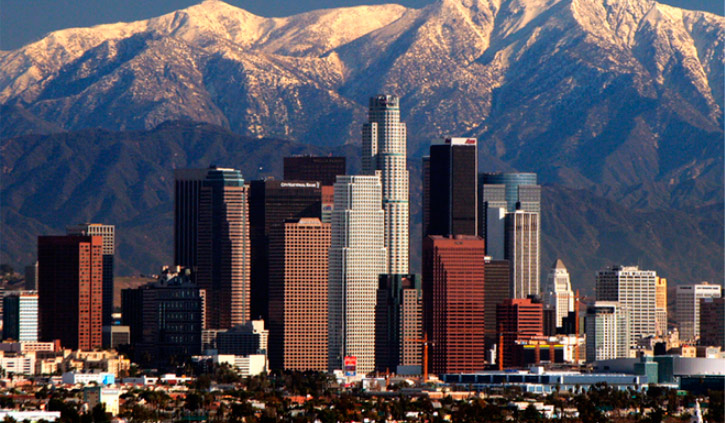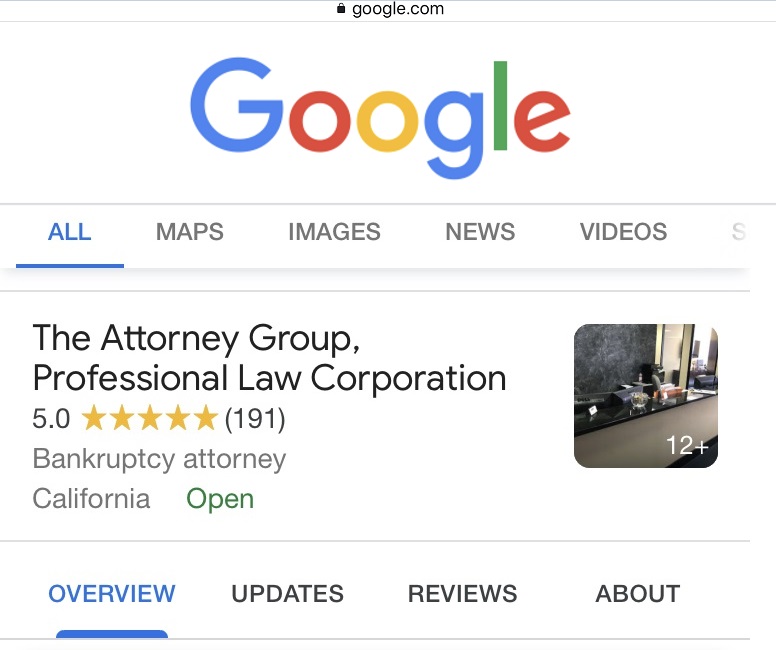About Lancaster
Lancaster is a charter city in northern Los Angeles County, in the Antelope Valley of the western Mojave Desert in Southern California. Lancaster currently ranks as the 30th largest city in California, and the 148th largest city in the United States. Lancaster is the principal city within the Antelope Valley.
Lancaster is located approximately 70 miles (110 km) north (by highway) of Downtown Los Angeles, near the Kern County line. It is separated from the Los Angeles Basin by the San Gabriel Mountains to the south, and from Bakersfield and the San Joaquin Valley by the Tehachapi Mountains to the north.
The population of Lancaster has grown from 37,000 residents at the time of incorporation in 1977, to 156,633 people as of the 2010 census, which makes it the largest city on the California side of the Mojave Desert. According to the Greater Antelope Valley Economic Alliance report of 2009 the Palmdale / Lancaster, CA Urbanized Area (a US Census Bureau defined term) has a population of 483,997.
The area in which the city of Lancaster is now located, which is now known as the Antelope Valley, was originally home to the Piute Indians. Lancaster's origins as a settlement start with the Southern Pacific Railroad, which is believed to first use the name 'Lancaster', where a station house, locomotive watering facilities and section gang housing were built when the railroad laid track through the town's future location. By September of that year, SP had completed the main line through the Antelope Valley, linking San Francisco and Los Angeles. The origin of Lancaster's name is unclear, attributed variously to the surname of a railroad station clerk, the moniker given by railroad officials, or the former Pennsylvania home (Lancaster, Pennsylvania of unknown settlers. Train service brought passengers through the water-stop-turned-community, which, with the help of promotional literature, attracted new settlers. The person credited with formally developing the town is Moses Langley Wicks, who in 1884 bought property from the railroad for $2.50 per acre, mapped out a town with streets and lots, and by September was advertising 160-acre tracts of land for $6 an acre. The following year, the Lancaster News started publication, making it the first weekly newspaper in the Antelope Valley. By 1890, Lancaster was bustling and booming, and thanks to adequate rainfall, farmers planted and sold thousands of acres of wheat and barley.
The town was devastated by the decade-long drought that began in 1894, killing businesses and driving cattle north, though fortunes improved somewhat in 1898 following the nearby discoveries of gold and borax, the latter to become a widespread industrial chemical and household cleaner. Thanks to the five-year construction of the 233-mile Los Angeles Aqueduct starting in 1908, Lancaster became a boom town by housing aqueduct workers. The 1912 completion of Antelope Valley Union High School allowed students from the growing region to study locally instead of moving to distant cities, and the school boasted the state's first dormitory system to accommodate students from outlying districts. For seven years starting in 1926, a young Judy Garland-then still Frances "Baby" Gumm-lived in Lancaster and honed her skills as a child singer, dancer, and entertainer before going on to become one of Lancaster's most famous residents. The community began a steady growth spurt in the 1930s, starting with construction of Muroc Air Force Base, site of frequent flight tests, including the "breaking" of the sound barrier by Chuck Yeager in a Bell X-1A in 1947. in the 1980s through the end of the program,Edwards Air Force Base, by then renamed, hosted a limited number of landings of the Space Shuttle. The development of Air Force Plant 42 in 1958, augmented in the 1960s by construction of Lockheed Aircraft's Plant 10, created tens of thousands of jobs. High-wage employment hit its peak in the 1970s during the Lockheed L-1011 project, for which all assembly and some engineering and parts production were performed. Lancaster was an unincorporated community in Los Angeles County until 1977, when it was incorporated as a city, with Arnold Rodio serving as its first mayor.






















